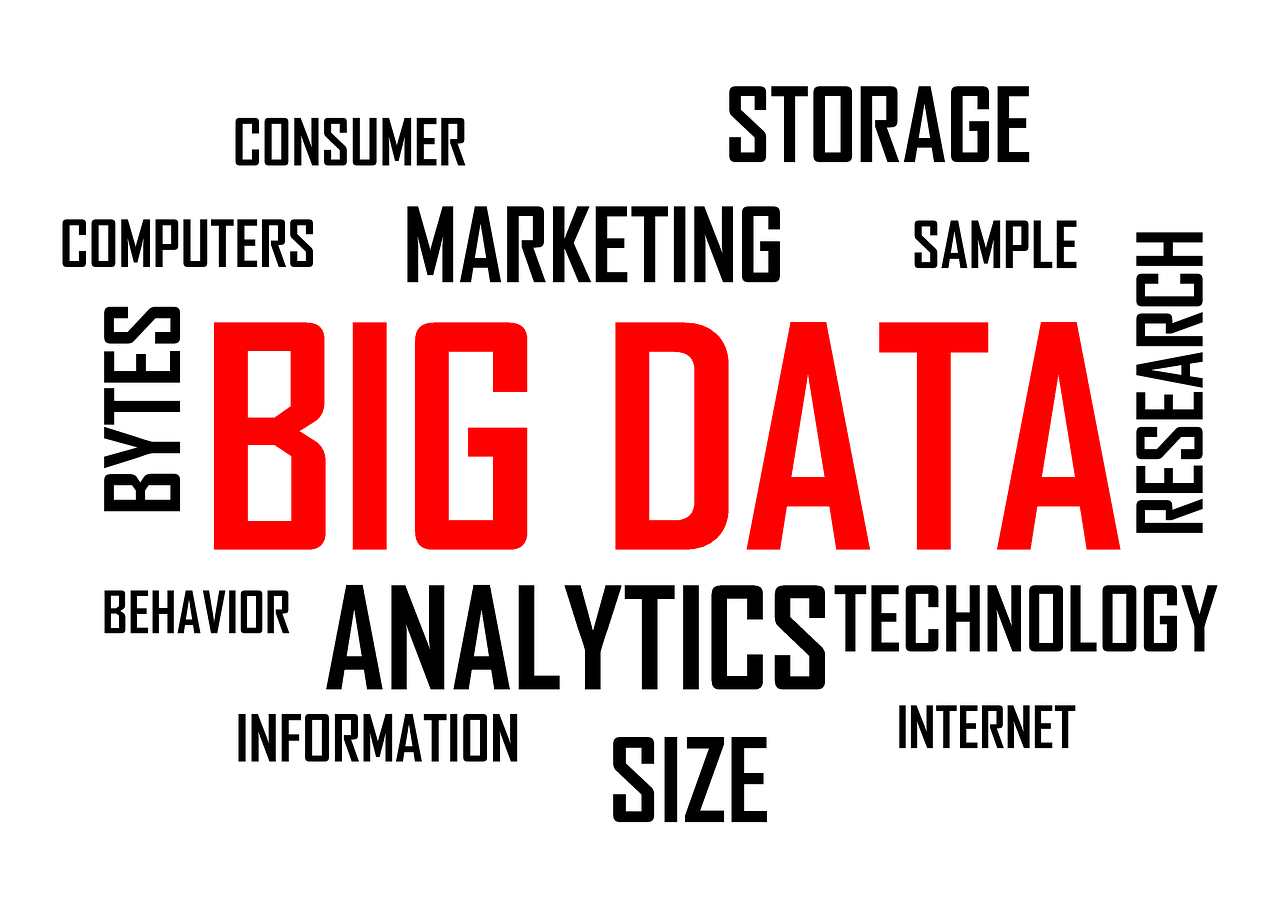June 15, 2022 | Posted in Database

When deciding on a database to purchase, application developers must take into account a number of variables. There are a variety of commercial databases accessible, each with a unique value proposition for the consumer.
SQL (relational database) and NoSQL (non-relational database) are the two types of databases available.
What is an SQL database?
The Structured Query Language (SQL), often known as “S-Q-L” or “See-Quel,” is the industry standard for working with Relational Databases.
Structured Query Language (SQL) is a domain-specific computer language used to query and manipulate data in a relational database, and SQL databases support it. The relational model’s main concept is too abstract data as a collection of tuples grouped into “relations,” allowing for abstraction over real data representation and access paths.
SQL programming may be used to successfully insert, search, update, and remove database records. It is capable of a wide range of tasks, including, but not limited to, database optimization and maintenance. SQL is a programming language that is used in relational databases such as MySQL Database, Oracle, MS SQL Server, Sybase, and others.
What is NoSQL?
A database that is not SQL is referred to as “Not Only SQL” or “Not SQL.” NoSQL is a non-relational database management system (DMS) that does not require a set structure, eliminates joins, and is simple to grow.
NoSQL databases are utilized in distributed data repositories with massive storage requirements. Big data and real-time web apps make advantage of NoSQL. Companies such as Twitter, Facebook, and Google, for example, gather terabytes (TB) of user data on a daily basis.
SQL VS NoSQL
When the link between data sets is well-defined and easily accessible, SQL is the most ideal relational database to use. It is the easiest way to check for data security. SQL allows for high-level ad-hoc queries if you need flexible data access, and SQL databases are usually vertically scalable (i.e., increase a single server workload by increasing RAM, CPU, SSD, etc.).
A significant amount of data is gathered efficiently and quickly. In addition, data insertion, deletion, and modification are all done in near real-time. SQL has a complex interface that causes some users to feel uneasy when working with the database.
For large amounts of data or constantly changing data sets, NoSQL is the best database to use. It’s also beneficial if you have flexible data models or needs that don’t fit into the relational paradigm. If you need to work with large amounts of unstructured data, “document databases” (such as CouchDB, MongoDB, and Amazon DocumentDB) are a good choice.
Horizontal scalability is a fundamental principle of many NoSQL data storage. In contrast to SQL, their built-in resources and high availability requirements facilitate horizontal scaling (i.e., “scaling out”).
Conclusion
Most database specialists are responsible for selecting or recommending a database, and “SQL vs. NoSQL” is an important consideration while making judgments. When evaluating any database, it is vital to evaluate key data requirements as well as acceptable compromises that are beneficial for reaching performance and uptime goals.